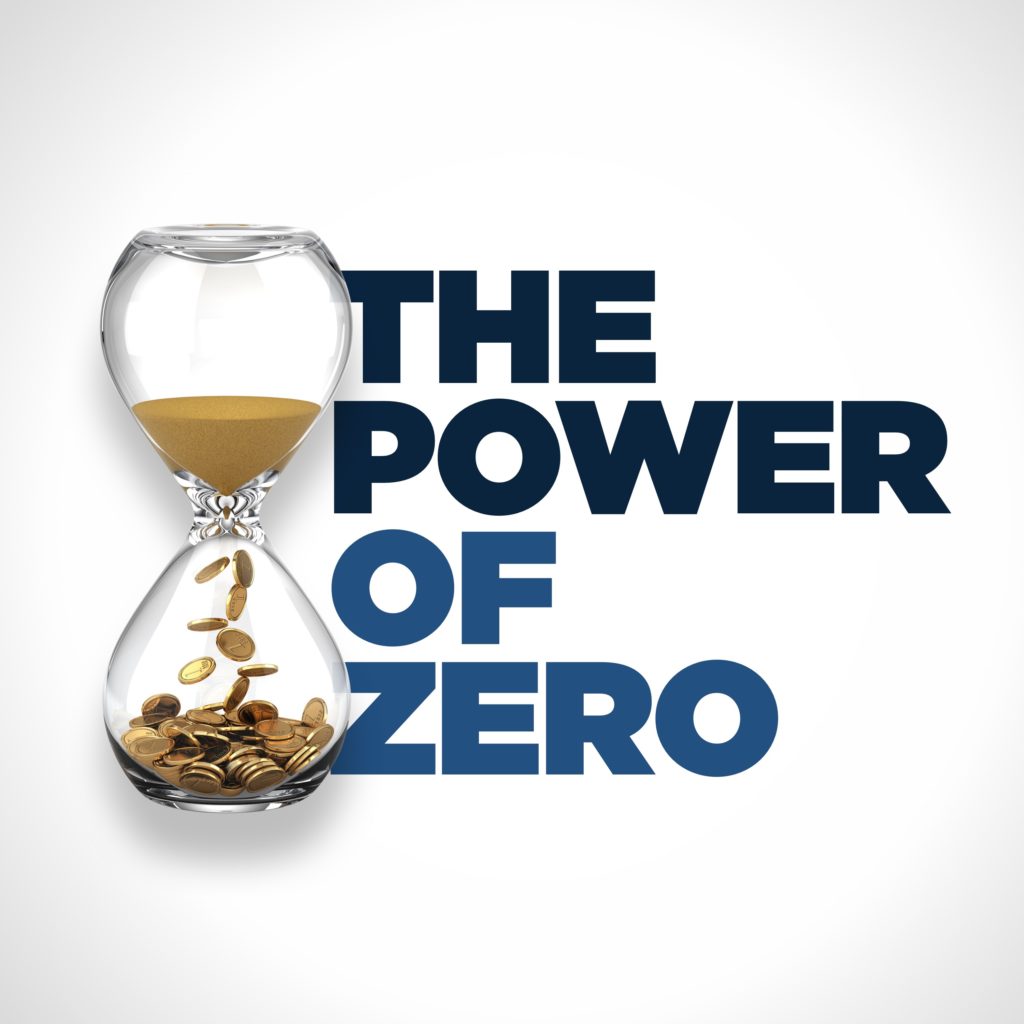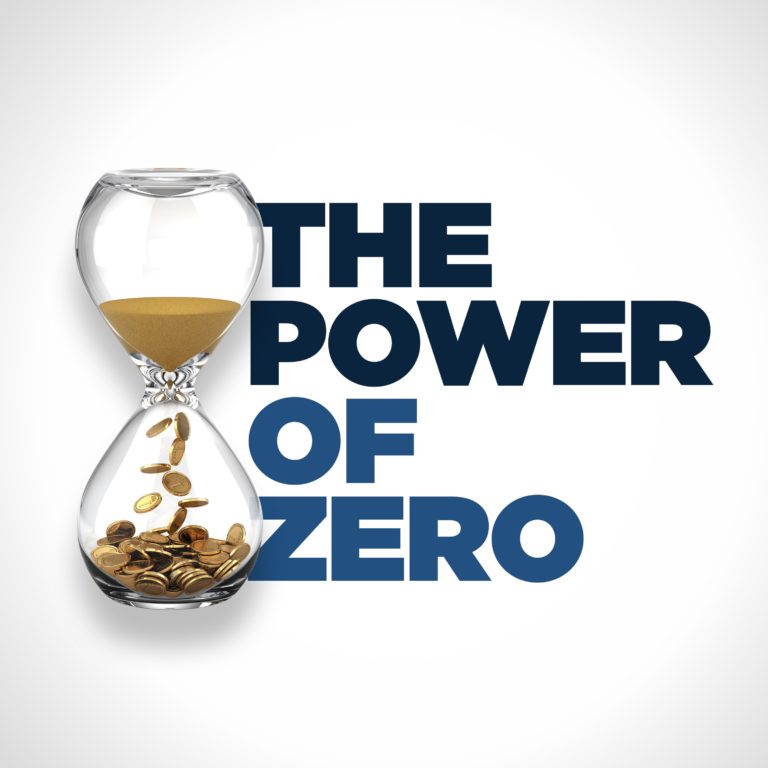It is possible to convert too much money to your Roth IRA and not leave enough money in your IRA to use when you’re ready to retire.
The first principle you have to realize is that in a rising tax rate environment, it’s okay to have some money in your tax-deferred bucket. You have to be very strategic about how you shift your money to tax-free and shouldn’t be too reckless when it comes to converting.
You can have too much money in your tax-deferred bucket, you can have too little, what we are looking for is just the right amount. You should have a balance in your tax-deferred bucket that’s low enough that required minimum distributions are equal to or less than your standard deduction, but also low enough that it doesn’t cause social security taxation.
Social security taxation could put a $6000 hole in your social security, which will require you to spend down your assets much quicker to compensate.
Check out davidmcknight.com and use the Magic Number calculator to figure out the perfect balance you should have in your tax-deferred bucket. The higher your social security, the less money you should have in your tax-deferred bucket.
Having too little in your tax-deferred bucket can also be a problem. If you rush into converting all your money to tax-free you may end up paying considerably higher taxes along the way, completely unnecessarily.
If by the time you’re 72 you don’t have any money left in your IRA, your standard deduction is left idle. This means that in the process of executing your Roth conversion, you paid some taxes along the way that you didn’t need to pay and have over-converted your Roth IRA.
You have to keep in mind the opportunity cost. Any time you pay a dollar to the IRS that you didn’t need to pay them, not only do you lose that dollar but you also lose what that dollar could have earned for you had you been able to invest it.
As a general rule of thumb, if you have a large pension your ideal balance in the tax-deferred bucket is going to be zero. For everyone else, the typical range is between $250,000 and $400,000 depending on the sources of provisional income you’re expecting.
All streams of provisional income will affect your ideal balance. The more you have, the smaller the ideal balance in your tax-deferred bucket.
If you should have had $400,000 in your IRA but converted it unnecessarily to tax-free you will have probably paid at least 25% of that as taxes. What could you have done with that lost money?
While your standard deduction does index for inflation over time, your provisional income threshold does not. If you want to avoid social security taxation, you need to keep your tax-deferred bucket under a static number.
The Power of Zero approach typically includes having 4 to 6 different sources of tax-free income, the most common of which are RMDs. Tax-free RMD’s are the holy grail of financial planning because when you put money in the front end you get a deduction, it grows tax-deferred, and when you take it out it’s tax-free.
The RMD should be used as a compliment to other tax-free sources, not the only one you are relying on.
It’s okay to have some money in your tax-deferred bucket. Sometimes in our zeal to get our hard-earned money over to tax-free, we needlessly pay taxes along the way, and that’s the massive mistake we’re trying to avoid. If you get your tax-deferred balance down to zero, your standard deduction will sit idle.





